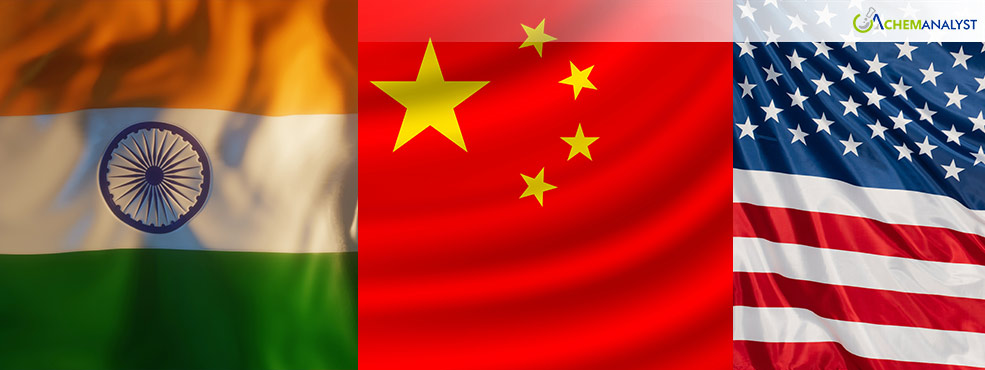Welcome To ChemAnalyst

Key Takeaways
• Both the US and India are grappling with the impact of increased steel imports and protectionist measures.
• US policies, including tariffs and trade negotiations, are likely to shape the global steel market – making it quite volatile currently.
• India is taking steps to balance domestic production and imports while addressing concerns over quality and unfair trade practices.
• The global steel industry is facing challenges due to overcapacity, price volatility, and geopolitical tensions.
India and the US are grappling with the complex interplay of global steel trade dynamics, particularly influenced by increased protectionist measures and aggressive exports from China.
The recent re-election of Donald J. Trump has intensified focus on the US steel industry. His administration's proposed policies, including significant tariff hikes on steel imports from China and increased scrutiny on trade with key partners like Canada and Mexico, are expected to reshape the industry.
While the 2018 Section 232 tariffs initially boosted US steel producers' margins, they also raised input costs for downstream industries and sparked trade tensions. The sustainability of this approach remains questionable, given its limitations in addressing structural inefficiencies.
The administration is considering expanding tariffs to downstream steel products and intermediaries, targeting potential duty evasion. Additionally, "foreign pollution tariffs" could penalize high-emission steel imports.
India's Rising Steel Imports
Across the globe, India is also grappling with a rise in steel imports, particularly from China. In the first seven months of the 2024-2025 fiscal year, India imported 1.7 million metric tons of finished steel from China, a 35.4% increase compared to the same period last year. This surge has raised concerns among small Indian producers who are facing fierce competition from low-priced Chinese steel, particularly in products like stainless steel, hot-rolled coils, and galvanized sheets.
Despite the import surge, India’s steel consumption reached a seven-year high during the April-October period, reflecting strong domestic demand. However, finished steel imports to India also hit a seven-year peak of 5.7 million metric tons, with China, South Korea, and Japan accounting for 79% of total imports. Meanwhile, India’s steel exports declined by 29.3%, with Italy becoming the largest buyer and the UK seeing a 15% increase in shipments.
To address this issue, the Indian government is considering various measures, including imposing restrictions on import. India has already imposed a 25% safeguard duty on steel imports. It has plans to launch incentive schemes to promote domestic production and provide alternative financing options.
Global Steel Trade Dynamics
The global steel market is characterized by overcapacity, price volatility, and increasing trade tensions. China, as the world's largest steel producer, plays a significant role in shaping global supply and demand. As countries adopt protectionist measures and seek to safeguard their domestic industries, the future of global steel trade remains uncertain.
The evolving landscape of global steel trade highlights the need for a balanced approach that promotes fair competition, sustainable production, and inclusive economic growth.
We use cookies to deliver the best possible experience on our website. To learn more, visit our Privacy Policy. By continuing to use this site or by closing this box, you consent to our use of cookies. More info.
